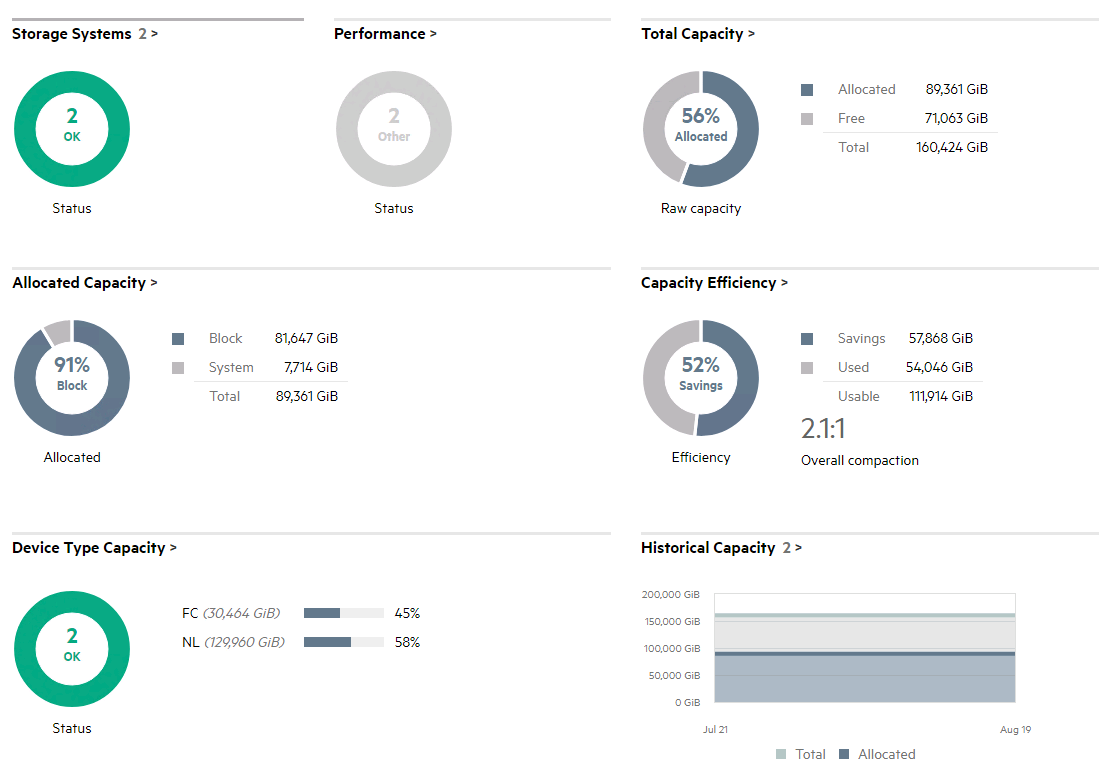

Give the second cluster node a name and choose a location for the VM files – in this instance I will append 02 to help me identify the second cluster node.This allows us to minimise disk space utilisation, a Full Clone is a complete copy that does not require the original in any way and will function even if the original VM is deleted It is essentially a differencing technique that references the original and writes any changes between these two clones to it’s own set of files. Note – if you create a Linked Clone you MUST keep the original VM as a linked clone relies on this to work.We have two choices, either create a ‘Linked Clone’ or a ‘Full Clone’.Click to clone the current state of the VM.If you choose to clone the VM follow these steps.

You can either repeat the steps taken above for the first cluster node or you can leverage the ‘Clone’ option The next step is to deploy the second cluster node.Depending on the hardware you are using the import process may take a while to complete.Use a sensible naming convention, for example I have named mine 3PARSIMCN01 (CN = cluster node) Give the cluster node VM a name and pick a location for the VM files to be saved in then click ‘Import’.

I have taken screenshots from the Workstation interface for guidance. Open Workstation and work your way through the ‘Deploy OVF Template’ wizard. We will start by deploying the cluster node OVF. The simulator comes with two OVF files, one for the cluster nodes and the other for the enclosure node. The first step is to deploy the OVF package to our virtual environment. HP suggest 4 GB of RAM is needed for each cluster node.

Note – If you are going to deploy the 3PAR Simulator with Remote Copy over IP (RCIP) the cluster node VMs will require more resources.


 0 kommentar(er)
0 kommentar(er)
